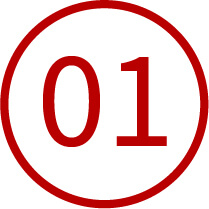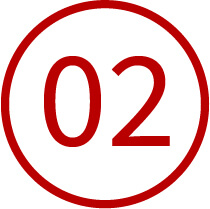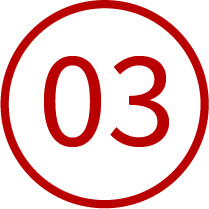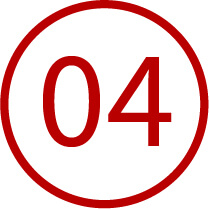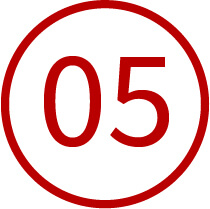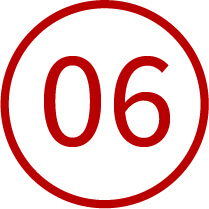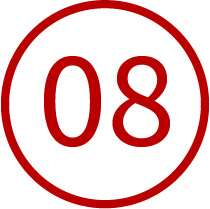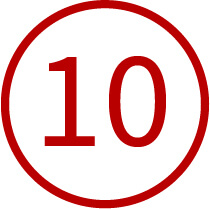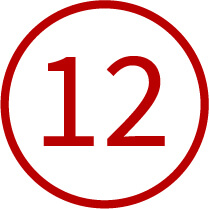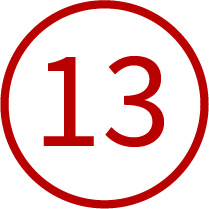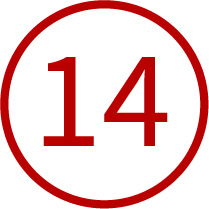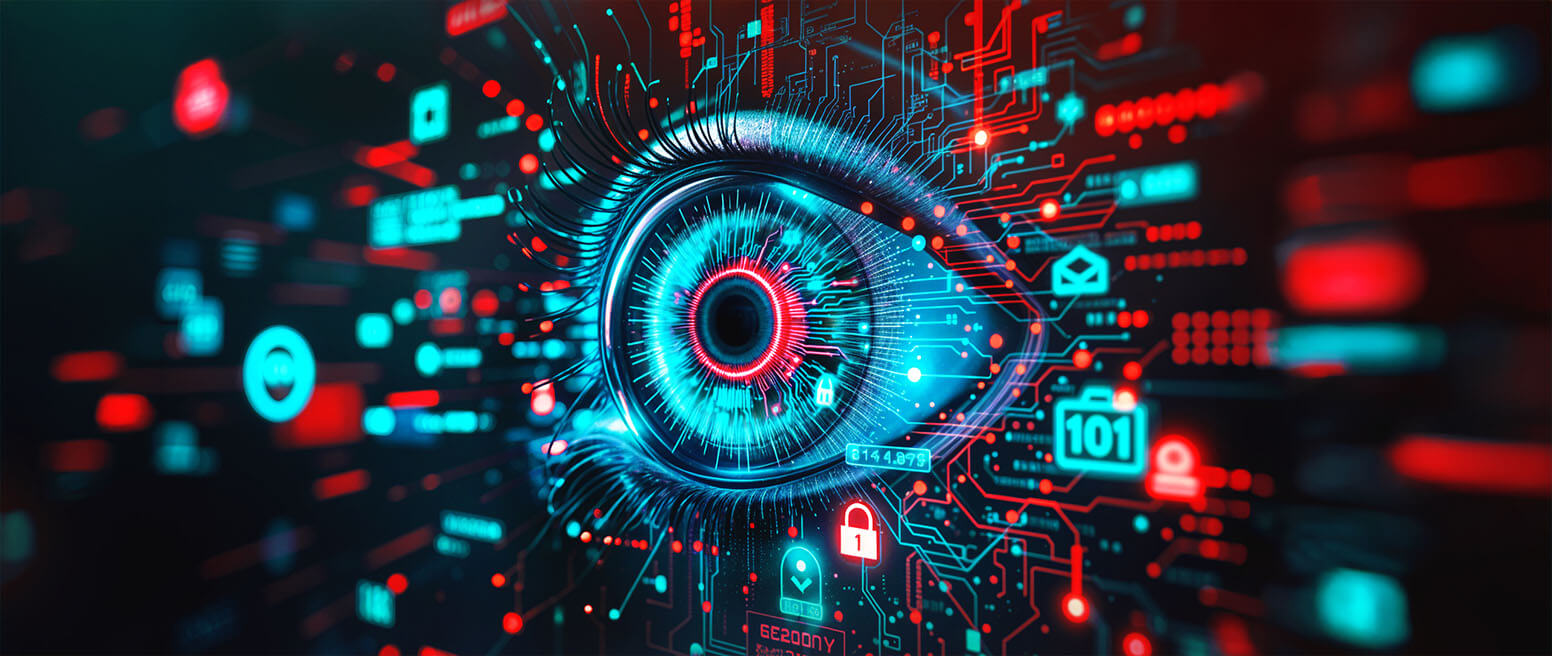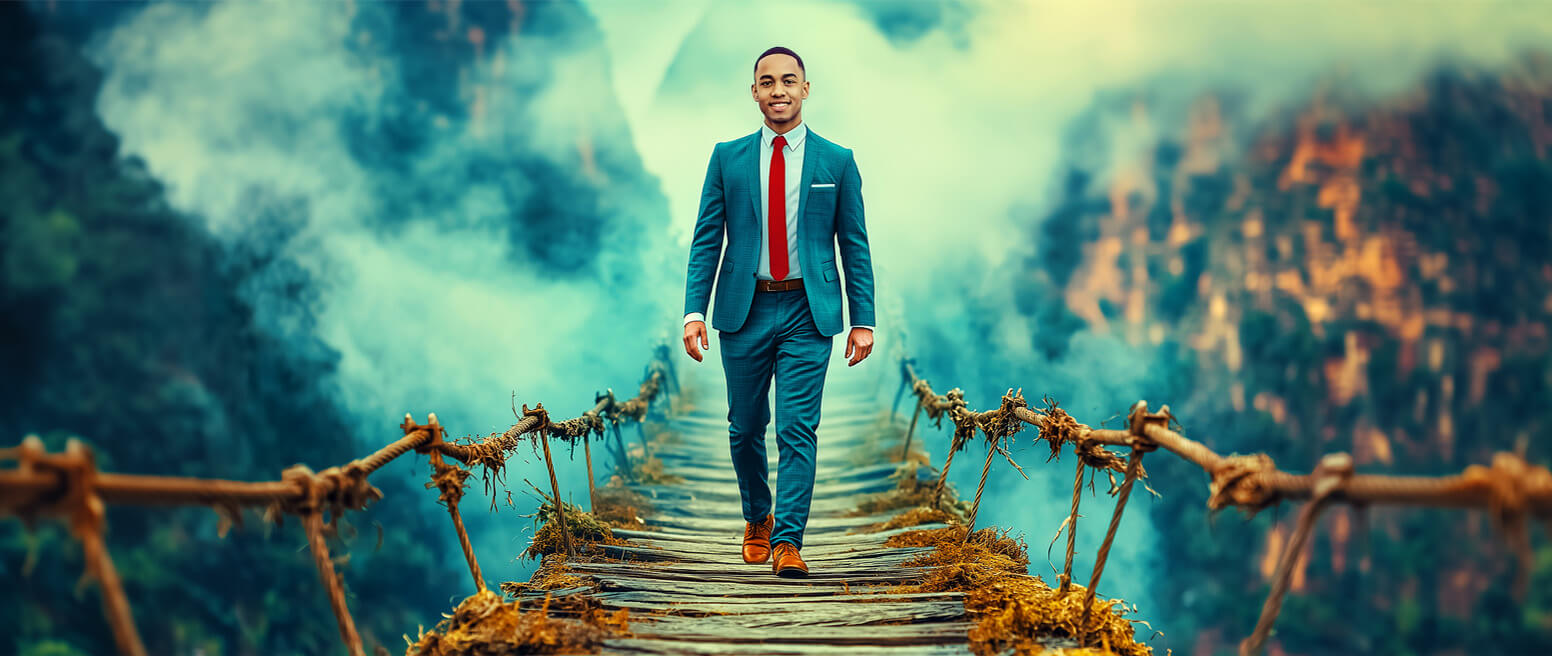In Danger of Getting Added to the MATCH List? Here’s What to Do.
The name makes it sound like a dating app. However, there’s really nothing to love about being on the MATCH list.
“Getting MATCHed,” as it’s sometimes called, means trouble. It indicates that your business poses an above-average risk for acquirers. Landing on the MATCH List (formerly known as the Terminated Merchant File) means you could lose processing services altogether. You may be blacklisted from getting a new account, meaning you’d be unable to process conventional credit card transactions.
Sounds terrible already. But, as if that weren’t bad enough, you probably won’t even learn that you’ve been added to the list until it’s too late.
So, how do you wind up on the MATCH List? And, is there anything you can do about it once you’re there?
Recommended reading
- Standard vs. High-Risk Credit Card Processing: Compared
- High-Risk Merchant Accounts: The Best Providers of 2025
- Visa Dispute Monitoring Program: What is the VDMP?
- What are Merchant Monitoring Programs? Why Do They Exist?
- What is the Amex Fraud Full Recourse Program?
- How the Terminated Merchant File Can Affect Your Business
What is the MATCH List?
- MATCH List
The MATCH (Member Alert to Control High-Risk Merchants) List is a comprehensive database created and managed by Mastercard. Acquiring banks may reference the MATCH List to screen merchant applicants and determine the risk they pose prior to providing a merchant account.
[noun]/maCH● list/
Like we mentioned above, the MATCH List is an updated version of the Terminated Merchant File. It’s essentially a detailed electronic list of businesses that have had one or more merchant accounts terminated by their acquiring bank. That’s good information to have since merchants with canceled accounts on their record are typically perceived as “high risk.”
Mastercard developed the MATCH List to keep track of these risky merchants in a centralized location, and they still administer it today. Considered the industry standard, the list used by acquiring banks to help screen applicants. If an applicant has been MATCHed, the acquirer will probably reject their application unless that acquirer specializes in providing services to high-risk merchants.
This makes it effectively impossible for merchants to hide canceled accounts. It also makes it a very high-stakes concern for merchants. Landing on the MATCH List could put your entire business in jeopardy.
Why Am I on the MATCH List?
There are 14 reason codes explaining why you could’ve been MATCHed. Most commonly, it’s because you received too many chargebacks. Additional causes include excessive fraud, bankruptcy, card network violations, and merchant identity theft, among others.
You can be put on the MATCH List by Mastercard, but most merchants are added by their acquiring bank. The most common cause of a merchant landing on the list is excessive chargebacks. Merchants who regularly exceed the acceptable chargeback thresholds will most likely see their business MATCHed.
Generally speaking, the reasons you would get listed are categorized with a specific MATCH List reason code for each offense. These are not to be confused with chargeback reason codes, which are a separate thing. MATCH List reason codes can include anything from insufficient or ineffective security measures that result in data compromises, to engaging in illegal activities like transaction laundering.
According to Mastercard Security Rules and Procedures, if the acquirer terminates a merchant relationship based on one of the following conditions, the bank is then obligated to add that merchant to the MATCH List. This must be done within five days of account termination.
It’s easy to understand why banks would have issues with the above behavior. However, some of the items — the merchant’s identity being stolen and used for a fraudulent merchant account, for example — may be largely outside the merchant’s control.
Unfortunately, that won’t alter the process. Additions to the MATCH list are mandated by Mastercard and primarily made by the acquirer that canceled the account. Merchants have no say in the matter.
The Consequences of the MATCH List
You’ll be blacklisted for five years. During that time, you may find it difficult to find an acquirer to work with you, and may have to use a high-risk merchant account.
The MATCH List is a powerful reference tool for financial institutions. It contains five years’ worth of data that has been reported and stored by banks. In other words, any merchant added to the list in the last 60 months will generate a MATCH result.
As we mentioned, an acquirer who terminates a merchant account for a MATCHable violation is required to add that business to the list. That said, however, being MATCHed does not necessarily mean a merchant cannot have a merchant account.
The MATCH list is meant to warn financial institutions about the potential risk that an individual merchant poses. Acquirers can then take that risk into consideration before granting the merchant an account. Some acquirers — typically an offshore payment processor or a domestic high-risk account provider — may decide the merchant is worth the risk.
Of course, the merchant may end up applying to several acquirers before getting accepted. There will be other complications to consider as well.
An acquirer willing to work with a listed merchant will generally only do so for a higher processing fee. A reserve account may also be required, and the merchant can also expect to sign a long-term contract with stiff penalties for early termination.
In short, landing on the MATCH List will mean losing your bank account. You’d then be forced to choose one of two options: either work with a high-risk processor and accept the resulting higher costs, or lose card processing abilities entirely.
What is High-Risk Processing?
High-risk processors come with higher fees and greater restrictions. If you’re on the MATCH list, have too high of a chargeback ratio, or operate in a high-risk industry (like credit repair, gaming, or debt collection), they may be your only option.
A high-risk merchant account is a subset of services that allow businesses in high-risk verticals to accept card payments from customers. These accounts typically come with stricter requirements and stipulations than standard merchant accounts, and will be costlier to maintain.
Your options for high-risk processing may be severely limited depending on factors like your business model and your chargeback ratio. Your MATCH list reason code could also be a big factor.
To illustrate, consider the fact that some high-risk processors can technically place MATCH-listed businesses, but only if the business was placed on the list due to excessive chargebacks (Code 04). If the merchant was placed on the MATCH list due to outstanding fees or suspected fraud, their application will be denied.
Working with a high-risk processor is not the end of the world. However, there will be a few trade-offs:
Pros
- You will be allowed to process credit and debit cards
- Your new processor will feature many of the same perks and platforms that your low-risk processor featured, such as an integrated payment gateway or processing application
- You might be able to sell products you were previously barred from selling
- You can exceed previous high-payment thresholds
Cons
- You’ll pay higher processing fees
- Long-term contracts and early termination fees often apply
- You may need to maintain a reserve account
- Switching processors will likely be very difficult
What to Do if You Get MATCHed
First, take a deep breath. This is not the end of the world (although it can seem like it at first). There are several things you can do to alleviate the pressure and even to prevent the issue from recurring in the future.
Here are the steps you should take once you’re added to the MATCH List:
Getting Off the MATCH List
Unless you were added in error, or were blacklisted because of PCI-DSS noncompliance, the only surefire way to get off the MATCH list is to wait it out.
Your data will be removed from the MATCH list after five years, assuming no additional MATCH entries were made. This is the only certain way of getting off the list.
Aside from that, there are only two circumstances where MATCH removal might potentially happen. First, your acquirer contacts Mastercard on your behalf and reports the original addition was made in error. Second, if you were added to the list using MATCH reason code 12 (PCI-DSS Noncompliance), but have since become compliant.
Even within those conditions, the road to MATCH List removal can be long and difficult, with little chance of success. If you were MATCHed by mistake, going to the former acquiring bank with solid evidence of the error might convince them to remove you from the list. There’s no rule that says they have to do that, however.
If you make the list due to PCI noncompliance, you still need to work through the listing acquirer once compliance is achieved. Again, removal is at the bank’s discretion. In these cases, Mastercard may be called upon to intervene, but the bank isn’t required to cooperate.
In the end, the only guaranteed way to get off the list is time. To weather the five-year enforcement term, you may have to optimize your business model to compensate for higher processing fees. It’s also imperative that you minimize risk as much as possible, as another canceled account means the five-year clock starts all over.
Avoid the MATCH List in the First Place
Chargeback alerts — along with Chargebacks911®’s proprietary Intelligent Source Detection™ and Merchant Compliance Review solutions — can help you manage your chargeback rates and keep you off the MATCH list.
Getting placed on the MATCH list is a challenge and frustration. Chargebacks911® can help you manage your new high-risk status, insulating against both international and domestic chargebacks. Even beyond that… we may be able to help you avoid getting MATCHed in the first place.
The critical factor is to keep chargeback issuances low. That way, you avoid breaching the networks’ chargeback thresholds. We have a full slate of tools that can help, including:
Intelligent Source Detection™
If you can’t determine the true reason for your chargebacks, you’ll end up implementing increasingly inefficient solutions.
Intelligent Source Detection is an innovative, one-of-a-kind solution that can identify the real reason for a chargeback. Using this tool, you can pinpoint chargeback triggers and create prevention and management strategies that truly work.
Merchant Compliance Review
Research shows that up to 40% of chargebacks can be caused by merchant errors and oversights. Fortunately, these errors — and the resulting chargebacks — are entirely preventable.
Our Merchant Compliance Review is a proprietary 106-point inspection of all merchant policies and procedures. This overview isolates and helps rectify errors that could trigger chargebacks.
Chargeback Alerts
Chargeback alerts are issued when a consumer disputes a transaction. Merchants have the opportunity to refund the transaction, thereby avoiding a chargeback and maintaining their chargeback ratio.
By combining our own proprietary network with those of third-party providers, Chargebacks911 is able to offer the broadest alerts coverage available on the market.
Getting MATCHed isn’t something you just have to accept. You can step up and fight back — all you need is to have the right tools and support in your corner. Give Chargebacks911 a call today and see how much you stand to save.
FAQs
What is the MATCH List?
The MATCH (Member Alert to Control High-Risk Merchants) List is a comprehensive database created and managed by Mastercard. Acquiring banks may reference the MATCH List to screen merchant applicants and determine the risk they pose prior to providing a merchant account.
The MATCH file, an updated version of the Terminated Merchant File (TMF), is essentially a detailed electronic list of businesses that have had one or more merchant accounts terminated by their acquiring bank.
Why am I on the MATCH List?
You can be put on the MATCH list by Mastercard, but most merchants are added by their acquiring bank. The most common cause for a merchant landing on the MATCH List is excessive chargebacks. Merchants who regularly exceed the acceptable chargeback thresholds will most likely see their business MATCHed.
How do I check if I'm on the MATCH List?
The fastest and surest way to know when and why you were added to the MATCH List is to reach out to your processor. They will be able to provide you with all the details you need to appeal the issue or move forward with a new plan.
How Do I Get off the MATCH List?
A merchant’s data will be removed from the MATCH list after the five-year period, assuming no additional MATCH entries were made. This is the only certain way of getting off the list.
Aside from that, there are only two circumstances where MATCH removal might potentially happen. First, if the acquirer contacts Mastercard on the merchant’s behalf and reports the original addition was made in error. Second, if the merchant was added using MATCH list reason code 12 (PCI-DSS Noncompliance), but has since become compliant.
How long does a MATCH listing last?
Once blacklisted, merchants remain on the MATCH list for five years. Merchants blacklisted due to PCI-DSS noncompliance, however, may be able to get off the list once found compliant.
Can your merchant be blacklisted?
Yes. In severe instances, Mastercard or acquiring banks may add merchants to what’s known as the MATCH (Member Alert to Control High-Risk Merchants) list, which functions as an industry-wide blacklist.





